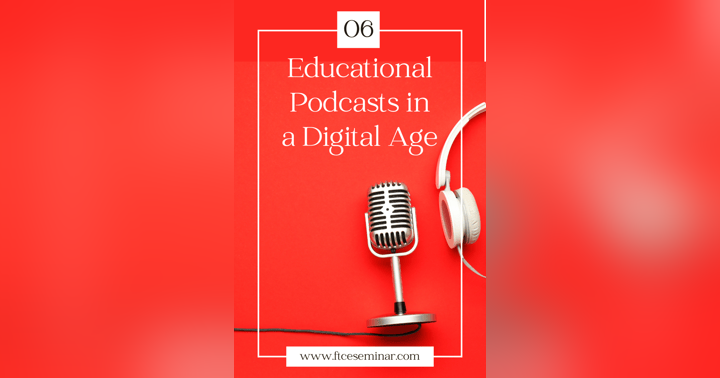Turning Learning Challenges into Superpowers: The FLASH Method in Action
Kim Para's Journey: Overcoming Learning Obstacles with the FLASH Method
Have you ever felt like you were battling a learning challenge that seemed like hitting a wall? What if those challenges could be transformed into hidden strengths? In this blog post, we listen to the powerful story of Kim Para, a teacher who overcame significant learning obstacles using a revolutionary technique she calls the FLASH method. Kim's journey is a testament to the fact that even the most challenging learning hurdles can be tackled with the right approach and a willingness to adapt.
Kim's story began with a realization that traditional study methods weren't working for her. She struggled and sought out alternative approach that worked for her. This led to the development of the FLASH method, a tailored system that helped her unlock her true learning potential.
Understanding the FLASH Method: Key Principles and Techniques
The FLASH method emphasizes active learning, engaging in frequency of ideas, and repetition to move the concepts from short term recall into long term memory. Kim emphasizes that the key to success lies in understanding your own learning style and adapting the method to your unique needs.
Adapting the FLASH Method to Your Unique Learning Style
The beauty of the FLASH method is its flexibility. Kim encourages listeners to experiment with different techniques and find what works best for them. If you're a visual learner, focus on creating diagrams and mind maps. If you prefer auditory learning, record yourself explaining concepts or listen to audio lectures. The key is to engage your preferred learning channels and make the information stick.
Here are some tips for adapting the FLASH method:
- Make a commitment to you learning: Practice several times a week or even 2-3 times a day.
- Break down information into manageable chunks: Don't try to learn everything at once.
- Create visual aids: Draw diagrams, mind maps, on your flashcards to make connections between concepts.
- Practice active recall: Test yourself regularly by writing down key concepts or explaining them to someone else.
Transforming Weaknesses into Strengths: The Power of the FLASH Method
Kim's story highlights the power of embracing challenges and turning them into opportunities for growth. The FLASH method is not about masking weaknesses but about harnessing them to create a stronger, more resilient learner. By understanding and addressing your learning challenges, you can actually leverage them to unlock hidden potential. You can connect with Kim at her website www.flashcardread.com .
Embracing Experimentation and Continuous Learning
The FLASH method is not a one-size-fits-all solution. It's a framework that encourages experimentation and continuous improvement. Kim emphasizes the importance of actively seeking feedback, adapting your learning strategies, and constantly refining your approach. Learning is an ongoing journey, and the FLASH method provides a valuable toolkit for navigating the twists and turns along the way.
Conclusion
Kim Para's story is a powerful reminder that learning challenges are not insurmountable obstacles but opportunities for growth. The FLASH method, with its focus on active learning, personalized strategies, and embracing experimentation, offers a roadmap for transforming weaknesses into strengths. By adapting the method to your unique learning style and embracing the process of continuous improvement, you can unleash your full learning potential. Listen to the full episode on Transforming Deficiencies into Superpowers using the FLASH Method to hear more about Kim's journey and get inspired to embrace your own learning challenges.










